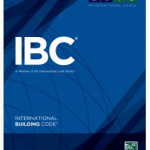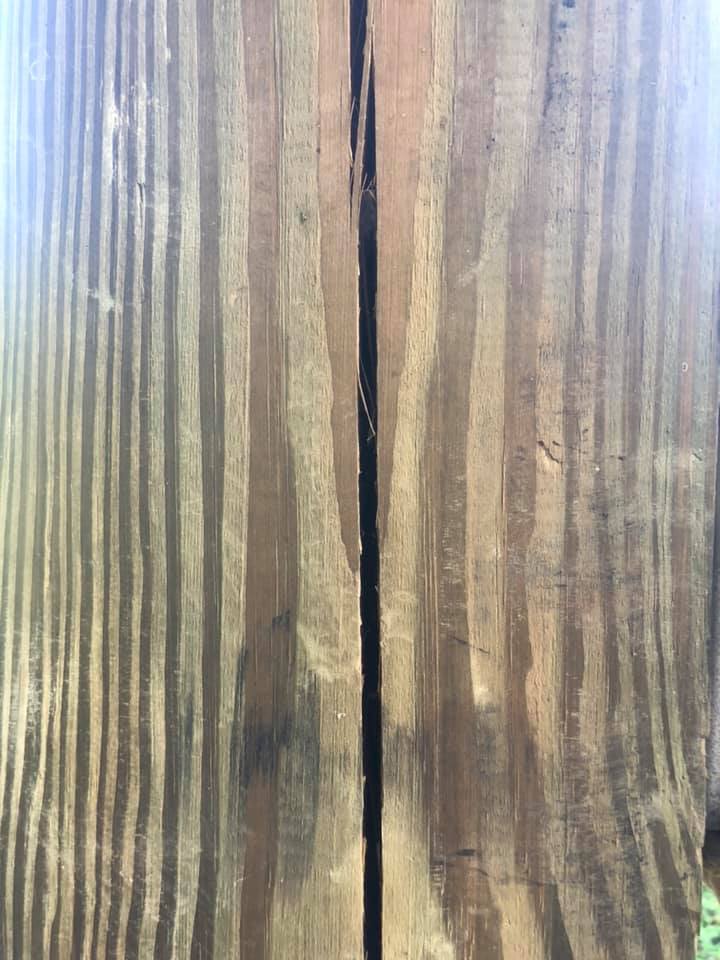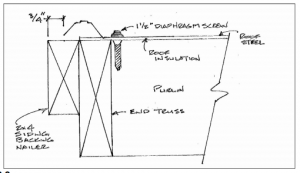Welcome to Ask the Pole Barn Guru – where you can ask questions about building topics, with answers posted on Mondays. With many questions to answer, please be patient to watch for yours to come up on a future Monday segment. If you want a quick answer, please be sure to answer with a “reply-able” email address.
Email all questions to: PoleBarnGuru@HansenPoleBuildings.com
DEAR POLE BARN GURU: I am currently constructing a pole building. I’ve drilled holes through the columns for rebar hairpins to be inserted to tie the columns into the concrete floor. It appears the post isn’t treated all of the way through. What can I do? DRILLING DOUG
DEAR DRILLING: Pressure Preservative Treated lumber does not have to be treated all the way through to be properly treated. As long as the column is tagged as being UC-4B, the column is adequately treated for structural in ground use.
For rebar hairpin holes, after properly marking on every treated post, drill each one using a 5/8” bit. Galvanized re-bar is recommended. If not available, coat rebar penetrating column with an asphalt emulsion, or similar, to isolate re-bar from the pressure treated post. NOTE: #4 re-bar is ½” diameter. Cut re-bars into 5’ long segments and insert one through each column, centering the five foot length in hole. Bend rebar legs, by hand, to a 45 degree angle with skirt boards. Seal rebar, into bored holes, at each column edge with silicone caulking.
DEAR POLE BARN GURU: I read your articles on both reflective heat barriers and vapor barriers. It seems they conflict somewhat in that for the vapor barrier article you suggest putting the vapor barrier between the purlin and the metal roof, but for a heat barrier you recommend a gap between the roof and heat barrier. So how do I combine the two? Would putting a double aluminum sided closed cell barrier like Prodex on the inside of the purlins (creating a substantial gap from the roof) work best? Thanks in advance for your expertise. TRYING IN TENNESSEE
DEAR TRYING: Thank you very much for reading my articles. As long as the reflective radiant barrier is totally sealed, it should work quite well for both insulation and condensation control.









